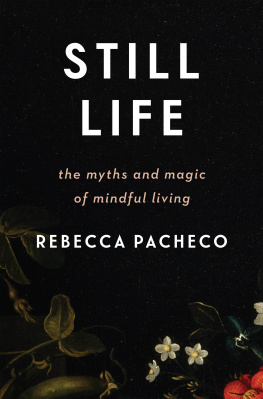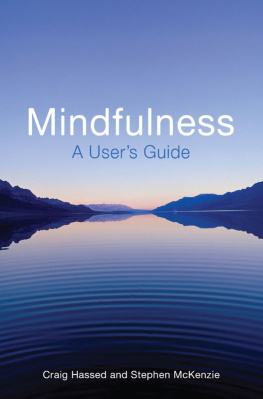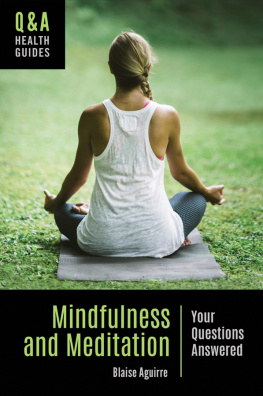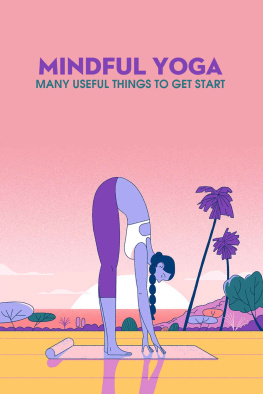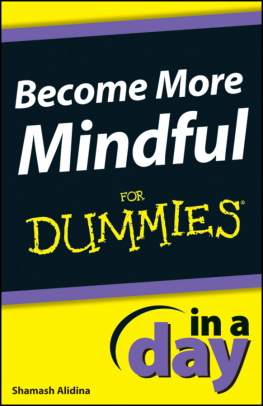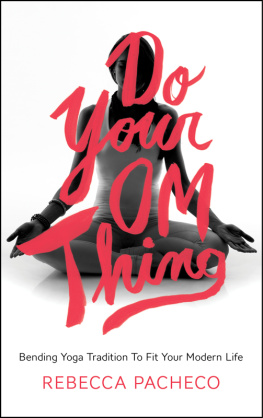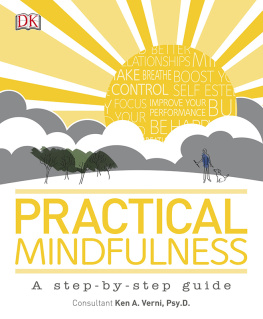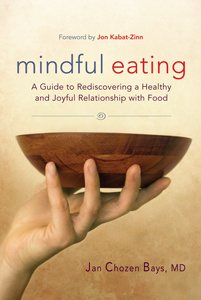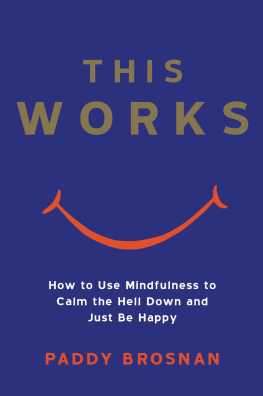Contents
Guide
for dan and edie
who are both in perpetual motion but bring
stillness to my heart
myth:
- A traditional story, especially one concerning the early history of a people or explaining some natural or social phenomenon, and typically involving supernatural beings or events.
- A widely held but false belief or idea.
There is nothing particularly unusual or mystical about meditating or being mindful. All it involves is paying attention to your experience from moment to moment. This leads directly to new ways of seeing and being in your life because the present moment, whenever it is recognized and honored, reveals a very special, indeed magical power:
it is the only time that any of us ever has.
Jon Kabat-Zinn, Full Catastrophe Living
Contents
Meditation is the discovery that the point of life is always arrived at in the immediate moment.
ALAN WATTS
What I want to tell you about meditation is this: it never hurts. It always helps. It costs nothing, and it can change everything. There are some exceptions; they are rare. We can quibble with words like always and never. But the essence of these audacious claims has been explored, discovered, and shared over centuries, across spiritual traditions, and around the world. Recently, a growing body of scientific evidence supports them. Teachers and gurus, past and present, offer similar versions of the same ideas. Then again, none of the teachers, data, or glowing praise for something as simple as sitting still will matter until it works for you, in your life, as it is right now. This is where we begin. The present is the best place to start.
The problem is never what meditation is capable of. No one misunderstands the mechanics: you sit and watch the breath. Its quite simple. Few people are unaware of the benefits or mystified by the positive impact it might have on our lives, from less stress and anxiety, to better sleep, improved memory, decreased depression, more happiness and compassion, and less feeling like your head is about to explode. That list is wildly incomplete. The miscomprehension, the thing that keeps people from doing something so simple yet powerful, is myths (implicit or explicit) about how the actual experience should look or feel, how it functions in our lives. The myths make things harder, and they get in the way of the magic.
Our stories about things can subvert reality. We think meditation should look and feel a certain way, and when it doesnt, we presume we did something wrong or that it doesnt work. These are two of the more pervasive myths. All of them similarly undermine the magic of mindful living. Even with caveats for semanticsIt (almost) always helps. It (rarely) hurts. It (can) cost nothing, and it might change everythingthere are so few things on earth of which this can be said.
Meditation generally makes people feel calmer and more grounded. We are less agitated, mentally cluttered, and emotionally stretched-thin. With regular practice, we create space for creativity and clear decision-making. The head quiets. The heart expands. The heart expands. We discover an internal reserve of goodness, which existed all along. Rarely does meditation make people feel worse, though it doesnt eliminate bad days altogether. Thats magical thinking. But, beyond the occasional pins and needles in ones foot, beyond feeling bored or fidgety, people typically report feeling some degree better in the short and long terms. We may experience uncomfortable emotions or dark thoughts while meditating, particularly if weve experienced trauma or are going through a difficult time. If meditation makes this worse, we should stop. More often, we grow to befriend the part of ourselves that is hurting. We learn to sit with her/him/them in loving awareness, listening nonjudgmentally, and eventuallythis is the breakthrougheventually, we recognize that the dark thought, like all thought, is fleeting. Its here. Its gone. But its not actually whats happening in the moment. Nor is it who we really are.
Meditation is not what you think. (I love nerdy meditation humor, nerdy humor generally.) All emotions arise and dissipate. We begin to realize that we are not our thoughts. Cultivating mindfulness helps regulate emotions. Consider, psychological studies estimate that the lifespan of any emotion is roughly ninety seconds. What lingers much longer are the stories we tell ourselves about the experience. The way we interrupt this relentless impulse with mindfulness practice is by choosing where to place our attention from moment to moment. In formal meditation, it might be the breath. In yoga, it might be the physical sensations of the body in a pose. While taking a nature walk, it might be the sounds of twigs snapping beneath our feet or the smell of the air before it snows. Our attention is the strongest determinant of how we experience our thoughts and emotions and, by extension, life itself. The interior life is a real life, James Baldwin wrote. The intangible dreams of people have a tangible effect on the world. Said more plainly, thoughts influence feelings; our feelings lead us to act. Our actions create reality.
You can pay for mindfulness products and services. Perhaps you bought this book. Thank you! But you can also spend just about nothing on paying careful attention to what is happening. Observe how periods of careful and nonjudgmental awareness change your experiences. The practiceswhether formal meditation or everyday mindfulness activities (e.g., writing in a journal, drinking a cup of tea without distraction, or walking the dog)are humble. Exquisitely so. Which can feel reassuring in contrast to aspects of the wellness world, and the world writ large, that are often exclusive. This exclusivity occurs both by design, through the most arduous barrier of high costs or whether a community authentically prioritizes inclusivity, or by default, with health and well-being unjustly and inextricably linked to income, race, location, and other factors historically dictated by biased power structures. Meanwhile, here is a no-frills form of mental, physical, and emotional support thats widely available and often free.
Does this mean that the mindfulness community can rest easy because weve solved the accessibility problem? Definitely not. Taking a nature walk to restore our mind-body may not cost anythinguntil you consider that living in proximity to parks and forests can. To be truly mindful means we acknowledge and work to change such inequities. Still, I believe that meditation and mindfulnesswhich require few resources or tools and offer potentially vast benefitsprovide a promising path toward healing and well-being for many people.
Meditation contains few discernible drawbacks and delivers seemingly infinite benefits. You sit. You breathe. You watch the emotions come. You watch the emotions go. Where you once may have been in a tiny boat at sea rocked by a storm, taking on water, you are now an onshore observer. Maybe the storm still rages, but you are not in danger of sinking. You observe how you speak to yourself inside your mind. Is that even your voice speaking? Its highly possible its not. Whose voice is it? You notice small details of ordinary moments. You discover a new voice. How you relate to the world begins to change. Your quality of attention becomes both more expansive and more granular. Bigger and smaller, both. It contains more empathy. It sorts distractions. Buried beneath layers of fear or anger or boredom or grief rests wisdom, intuition, and steadiness.
Some of the most practical advice I ever received came from Buddhist chaplain and yoga teacher Cyndi Lee on a retreat in the days immediately following the 2016 election. You do not have to be happy, she said. But you do have to be steady. This struck me as deeply honest and compassionate guidance in a time of inner or outer turmoil. With practice, we make our minds hospitable places to live. Indeed, we are quarantined within our heads 24/7. You practice and practice and practice, and many days not a whole lot happens. Until a time when hope lights a match in the dark and asks if it can sit vigil with you. Courage shows up with some provisions. Sandwiches on good bread. Coffee, maybe. Anyway, its not something I can tell you. You have to experience it. Your magic, like your life, is a customizable experience.

